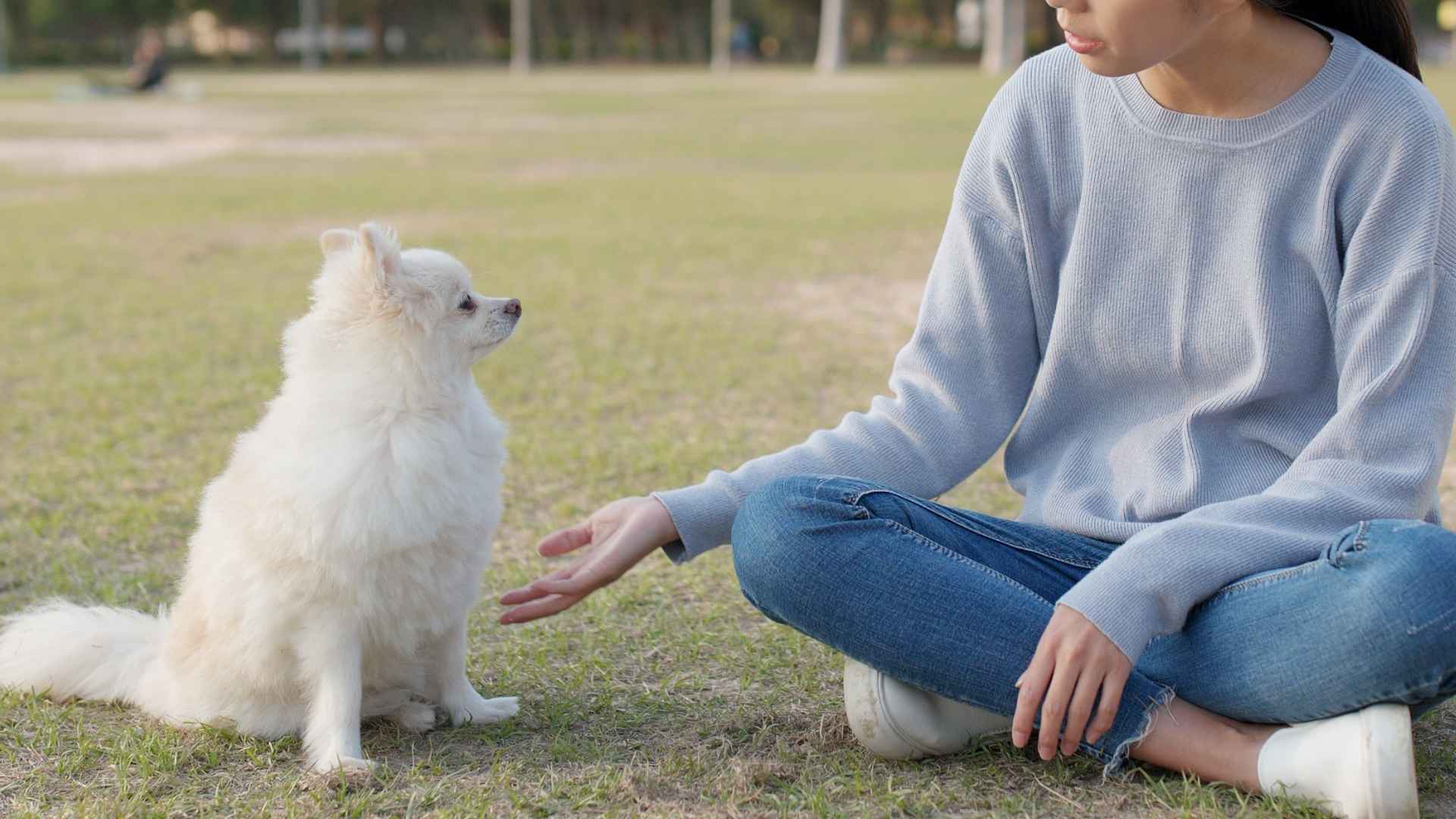Have you ever felt like your dog was trying to have a full-blown conversation with you? From enthusiastic barks to dramatic sighs and everything in between, some dogs are more expressive than others, and they’re not shy about letting you know how they feel. While all dogs vocalize to communicate basic needs or emotions, certain breeds seem to have mastered the art of chatter.
A dog’s breed plays a big role in how much they “talk.” Dogs bred for specific tasks, like herding, guarding, or companionship, tend to be especially vocal. Beagles bay, Huskies howl, and Chihuahuas never miss a chance to speak their minds. These pups don’t just bark for fun; they’re giving you a piece of their thoughts.
If you enjoy a lively companion who’s never at a loss for words (or woofs), you’re in for a treat. Let’s explore the most talkative dog breeds and discover why these furry chatterboxes always have something to say.
Dog Breeds That Talk Back
1. Beagle
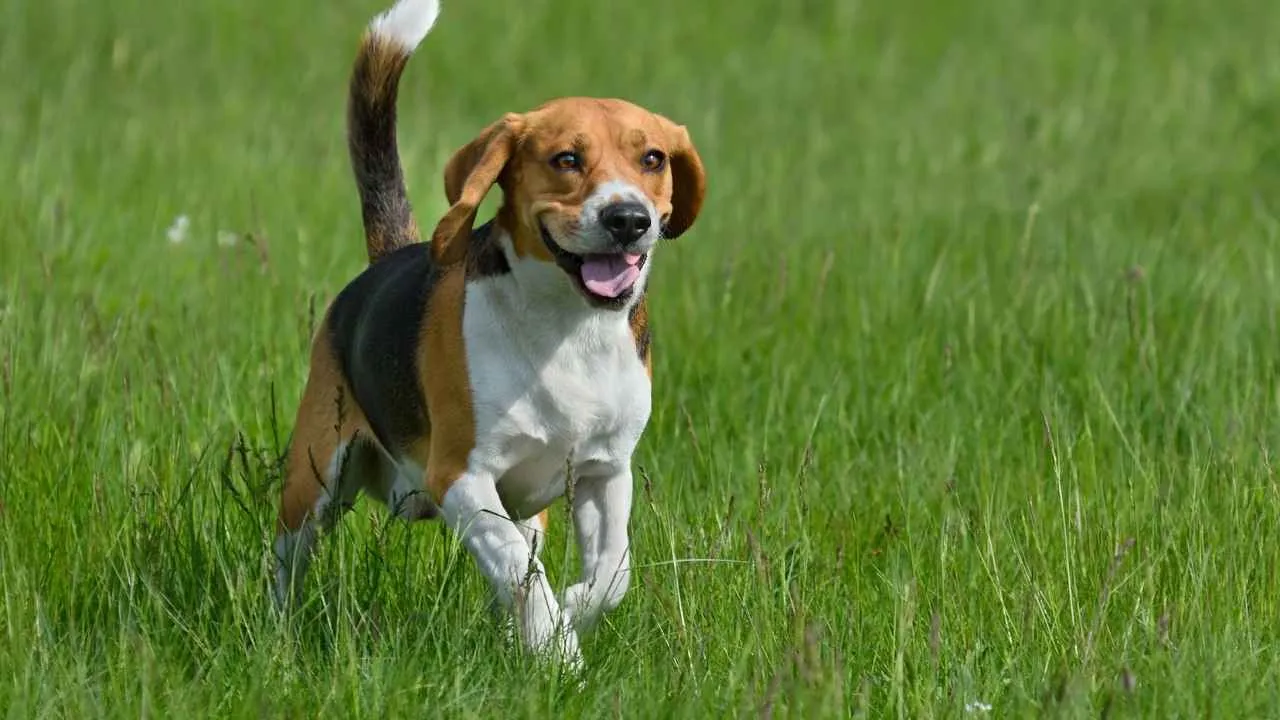
Known for its melodious bay and cheerful demeanor, the Beagle, sometimes referred to as the “English Beagle”, is a compact yet muscular hound originally bred for tracking game in packs. Standing between 13 to 15 inches tall and typically weighing 20 to 30 pounds, this medium-sized breed has a distinct tricolor or bicolor coat, long floppy ears, and soulful, pleading eyes that make it irresistible to dog lovers.
Beagles belong to the hound group and live around 12 to 15 years. Their expressive nature and sharp noses make them vocal companions, especially when they catch an intriguing scent. Purina states that the breed can participate in various activities such as agility, conformation, and field trials.
The breed’s name is believed to stem from the French word “bégueule,” which translates to “loudmouth”, a fitting title for such a chatty dog.
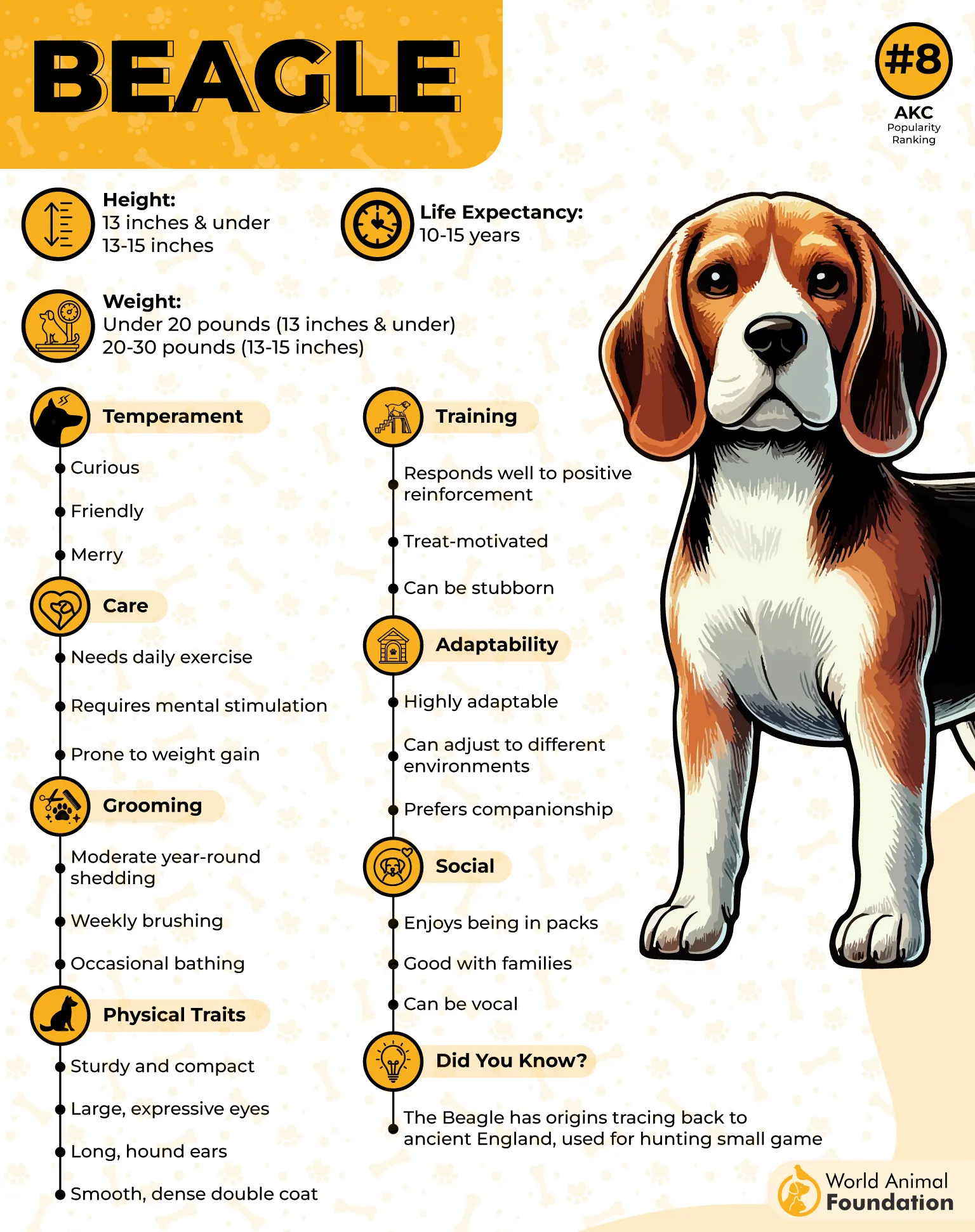
Ideal Owner
Beagles are an excellent match for first-time pet parents and families who enjoy a playful, social dog with a touch of mischief.
They thrive in homes where they receive plenty of exercise and mental stimulation. With their even temperaments, natural curiosity, and eagerness to join in any household activity, Beagles fit right in with active, affectionate owners who don’t mind a little extra noise.
Fun Fact: Beagles don’t just bark, they bay, a sound deeper and more drawn-out than a typical howl, making them one of the most uniquely vocal dog breeds.
2. Dachshund
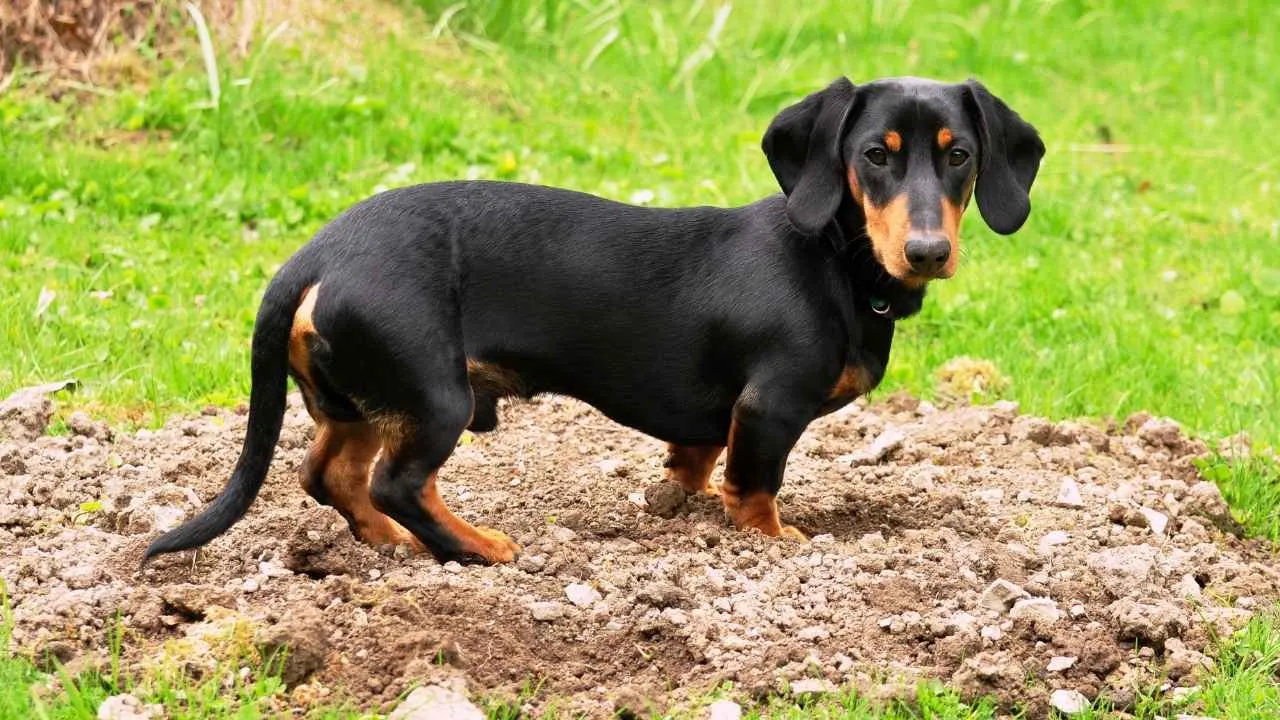
With their iconic sausage-like build, short legs, and long, expressive faces, Dachshunds, also affectionately called “wiener dogs” or “Doxies”, are impossible to mistake. PDSA states that Dachshunds are affectionate and playful small dogs.
Originating in Germany as early as the 15th century, they were bred to burrow into tunnels and flush out badgers and rabbits. Their compact yet sturdy frame comes in two sizes: standard (16–32 pounds) and miniature (11 pounds or under), and in three coat varieties, smooth, longhaired, and wirehaired.
Standing 5 to 9 inches tall, these dogs may be small, but they boast a commanding presence, especially with their surprisingly loud bark. As part of the hound group, Dachshunds live 12 to 16 years and are renowned for their brave yet stubborn spirit.
Bold and vocal, the Dachshund isn’t afraid to express opinions, frequently and loudly. Whether they want attention, treats, or just to register their displeasure, these chatty canines make themselves heard. Their tenacity and tendency to “talk back” stem from their hunting roots, where vocal cues were key.
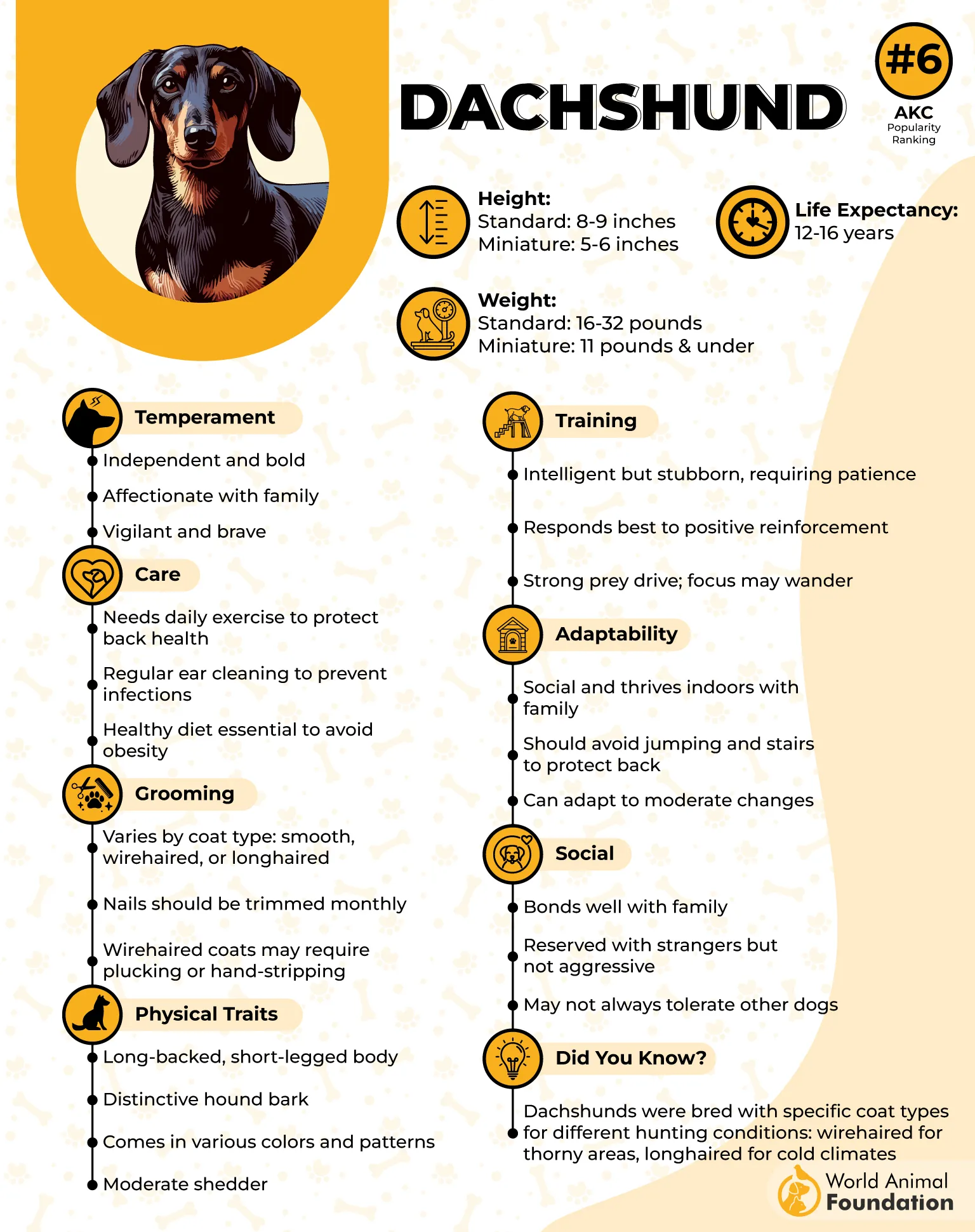
Ideal Owner
Dachshunds do best with active individuals or families who can meet their need for regular movement and mental stimulation. Though small, they benefit from twice-daily walks to build muscle and protect their long backs from injury. Consistent training helps manage their vocal tendencies and independent streak.
Fun Fact: Dachshunds were originally bred to hunt underground, so their name literally means “badger dog” in German.
3. Basset Hound
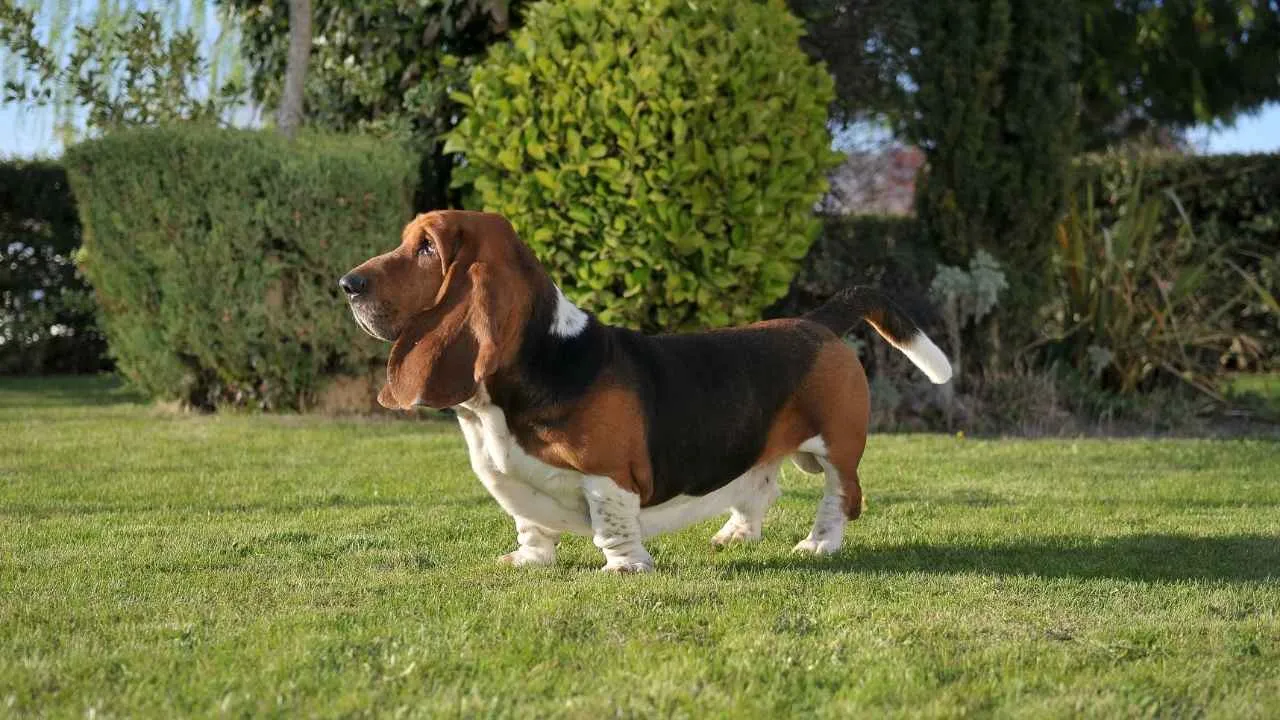
Among the most recognizable hounds, the Basset Hound, sometimes affectionately called “Basset” or “French Basset”, boasts a history tracing back to France, where it was bred for hunting small game. PetMD describes Basset Hounds as short, sturdy dogs with a solid build.
This medium-sized breed typically weighs between 40 and 65 pounds and stands no taller than 14 inches at the shoulder. Its iconic droopy ears, heavy bones, short legs, and deeply wrinkled brow lend the Basset a sad yet endearing clown-like appearance.
Classified in the hound group, Basset Hounds live around 10 to 12 years. Though not built for speed, they have a powerful sense of smell, second only to the Bloodhound, and are known to move with a deliberate, steady gait. Their deep, booming bark, bay, and mournful howl make them standout “talkers,” especially when feeling bored or left behind.
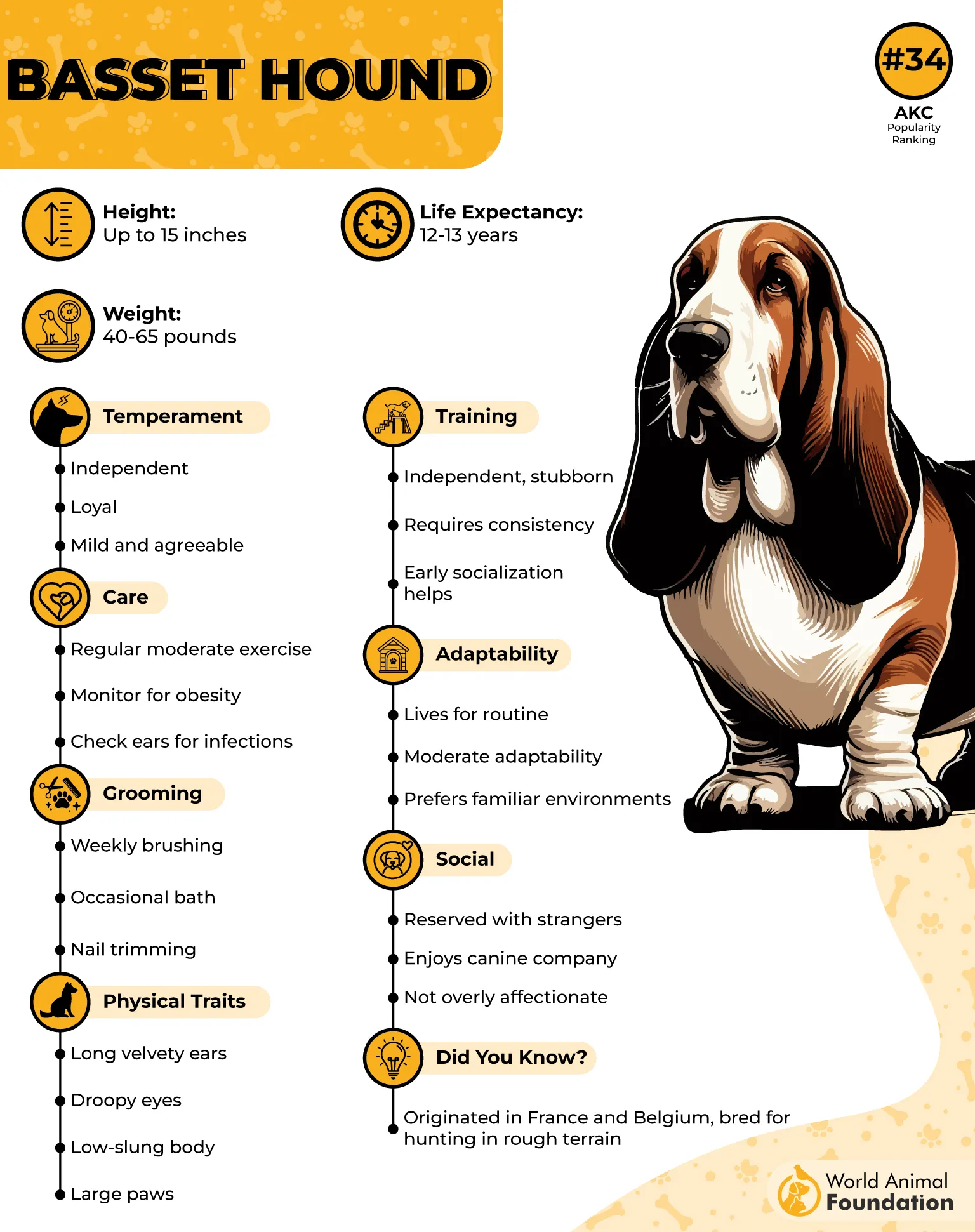
Ideal Owner
Basset Hounds thrive best with patient, attentive owners who appreciate their mellow temperament and vocal quirks. They’re ideal for families or individuals who don’t mind some drool and fur and can provide companionship and routine.
While they may be food-motivated and a bit stubborn during training, they respond well to gentle guidance and treats.
Fun Fact: A Basset’s howl isn’t just for show, it’s a genuine protest when left out of the action!
4. Siberian Husky
Graceful, strong, and spirited, the Siberian Husky, also known simply as the Husky or “Sibe”, is a medium-sized working dog originally developed by the Chukchi people of northeastern Asia to pull light loads over icy expanses. Belonging to the Working Group, this arctic breed is compact yet agile, with males standing 21–23.5 inches tall and females slightly shorter.
Weighing up to 60 pounds, Huskies are lighter and leaner than their cousin, the Alaskan Malamute. Their thick, double-layered coat, expressive almond-shaped eyes (often blue, brown, or one of each), and wolf-like features lend them a striking, dignified presence. According to the AKC, the Siberian Husky is known for being loyal and outgoing.
Huskies are famously fastidious, surprisingly clean with little doggy odor, and are celebrated for their endurance, sociability, and distinctive vocalizations. Huskies are renowned for their vocal tendencies, which include howling, yipping, whining, and even mimicking human words.
Rather than traditional barking, they use complex sounds to convey emotions, seek attention, or communicate with their “pack”, whether canine or human. From Husky “screams” to singing with sirens, these dogs express themselves loudly and often. Their chatty nature is a nod to their sled-pulling, pack-oriented ancestry, where vocal communication was essential.
Ideal Owner
Siberian Huskies thrive with experienced, energetic owners who understand the breed’s independent mindset. While intelligent, they can be stubborn and require consistent, positive reinforcement training. A Husky’s ideal human is committed to daily mental and physical stimulation, preferably with a fenced yard and a sense of humor.
Fun Fact:
A Husky once performed in a piano concert at Carnegie Hall, “singing” alongside a jazz trio!
5. German Shepherd
The German Shepherd is a majestic and highly intelligent breed originally developed in Germany for herding and guarding livestock. Recognized for their noble profile, muscular build, and upright ears, these dogs weigh between 50 to 90 pounds and can reach heights of up to 26 inches.
As members of the Herding Group, German Shepherds boast a keen intelligence, deep loyalty, and unmatched courage, traits that make them exceptional working dogs in law enforcement, search-and-rescue, and military roles.
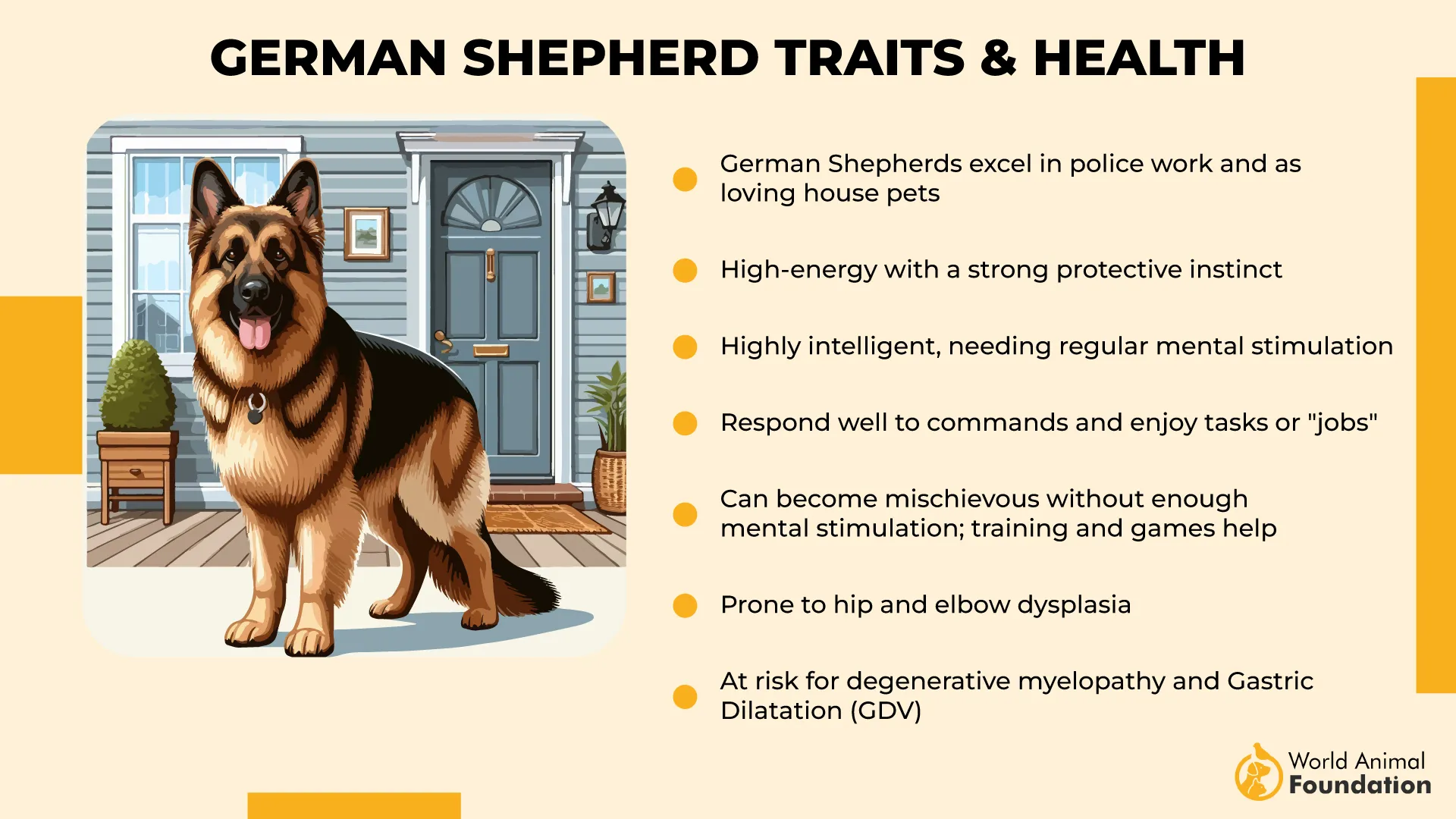
With a lifespan of 9 to 13 years, these dogs thrive on purposeful activity and mental stimulation, and they express their needs with an impressive vocal range, from assertive barks to expressive whines and growls.
Ideal Owner
German Shepherds are best suited to active families or experienced pet parents who can meet their high energy and training demands. Those who understand the importance of socialization and structure will enjoy the most success with this breed. Confidence and consistency in training help these dogs blossom into loyal protectors and affectionate companions.
Fun Fact: While most overly vocal dogs are small, German Shepherds are a rare large breed that’s famously chatty due to their intelligence and boundless energy.
6. Pomeranian
Bubbly, confident, and full of sass, the Pomeranian, also affectionately called the “Pom”, is a tiny dynamo with a lion’s heart and a fox-like grin. This toy breed hails from the larger Spitz family and once pulled sleds in the Arctic before being downsized to fit royal laps.
Standing just 6–7 inches tall and weighing between 3–7 pounds, Pomeranians are distinguished by their lush double coats, alert almond eyes, and signature plume-like tails that curl over their backs. They belong to the Toy Group and enjoy an impressive lifespan of 12–16 years.
What the Pom lacks in size, it more than makes up for in volume. These spirited furballs are notorious for their vocal nature, yipping, barking, and even whining when they feel ignored or excited.
Their expressive chatter often signals alertness or a plea for attention, and sometimes both. Despite their size, they think (and talk) like much bigger dogs.
Ideal Owner
The ideal Pom parent is someone who craves a cuddly but outspoken companion. Whether you’re a single adult, a retiree, or a family with older children, you’ll appreciate this breed’s devotion, humor, and adaptability. First-time dog owners who don’t mind a little noise and consistent grooming will also find a faithful friend in this animated pup.
Fun Fact: Pomeranians can come in nearly two dozen colors, but the most iconic shade is a rich orange or red.
7. Chihuahua
Small in size but towering in spirit, the Chihuahua, also affectionately dubbed the “purse dog”, is a bold and ancient breed originating from Mexico. Its ancestry traces back to the pre-Columbian era, making it one of the oldest breeds in the Americas.
Weighing no more than 6 pounds and standing 5 to 8 inches tall, the Chihuahua is a member of the Toy Group. A hallmark of the breed is its domed “apple” head, along with large, expressive eyes and upright ears.
Coats vary in length, color, and pattern, but every variety shares one constant: a big-dog attitude packed into a tiny frame. Don’t be fooled by their dainty stature; these dogs come with a sharp bark and an even sharper personality.
Ideal Owner
This talkative breed flourishes with individuals or couples who can offer consistent attention, gentle handling, and a calm environment. Due to their fragility and assertive demeanor, they’re better suited for adults or families without small children.
Apartment dwellers and those seeking a loyal lap companion will appreciate this breed’s devotion and watchdog instinct. Prospective owners should be patient, as managing their frequent barking requires consistent training and socialization from an early age.
Fun Fact:
Despite their size, Chihuahuas boast a surprisingly loud bark and are known to “chat” animatedly when excited or protective.
Conclusion
When it comes to vocalizing their thoughts, some dogs truly have a lot to say. While all canines use sound to communicate, certain breeds are especially expressive, turning their daily routines into animated conversations. These talkative companions thrive on connection, especially those bred as pack dogs, where communication was vital to working together. Whether it’s a spirited howl, a sharp bark, or an excited yap, these breeds don’t just make noise, they make a point.
From the bold Yorkshire Terrier to the lively Jack Russell Terrier and the alert Miniature Schnauzer, many pups bring big personalities and even bigger voices to the table. While most dogs enjoy a chat now and then, these breeds elevate “talking back” into an art form. And although training is key to managing occasional barking behavior, it’s all part of the charm. After all, dogs love being heard, especially when their humans are listening.


